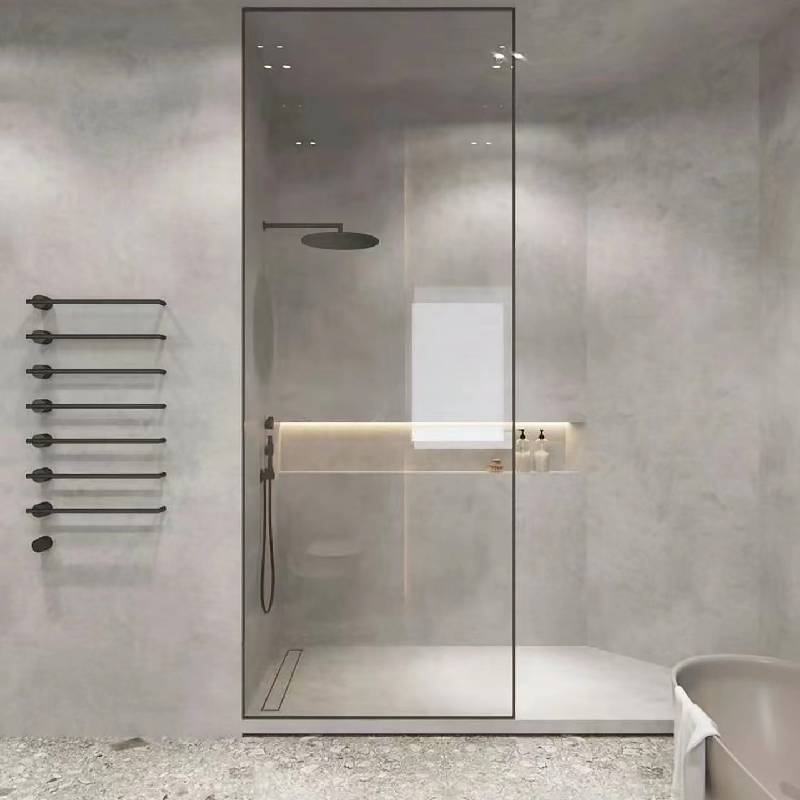

Understanding Float Glass Properties, Production, and Applications
Float glass, a fundamental building material, has revolutionized the glazing industry since its invention in the mid-20th century. This type of glass is produced using a unique method that allows for a smooth, even surface, making it an ideal choice for a variety of applications, including windows, facades, and interior partitions. Understanding the properties and production process of float glass can deepen our appreciation of this versatile material.
Understanding Float Glass Properties, Production, and Applications
One of the most notable characteristics of float glass is its clarity. The float process eliminates many of the impurities found in other types of glass, yielding a nearly perfect optical quality. This clarity is essential for architectural applications, where both natural light and visual appeal are priorities. Moreover, float glass can be easily treated and coated to improve its performance. Various treatments allow for increased thermal insulation, UV protection, and safety features, expanding its usability across different environments.

In addition to its aesthetic qualities, float glass offers significant functional advantages. It is inherently resistant to weathering and aging, making it suitable for both residential and commercial buildings. Its durability also means it requires minimal maintenance over time. Additionally, float glass can be produced in a variety of thicknesses, allowing designers to choose the appropriate specifications for their projects.
The versatility of float glass extends beyond traditional glazing applications. It can be tempered or laminated to enhance its strength and safety, making it ideal for use in cars, shower doors, and other high-risk environments. Furthermore, the glass can be treated to achieve different colors or patterns, catering to a wide array of design preferences.
In conclusion, float glass stands out as a crucial material in modern architecture and design, thanks to its unique production method, outstanding clarity, and versatility. Its ability to be customized for various applications ensures that it will remain a staple in the construction and design industries for years to come. As advancements in technology continue, the evolution of float glass is likely to lead to even more innovative uses and enhancements, making it an exciting area to watch in the future. Whether for practical installations or aesthetic showcases, float glass remains a testament to the blend of functionality and beauty in modern materials.